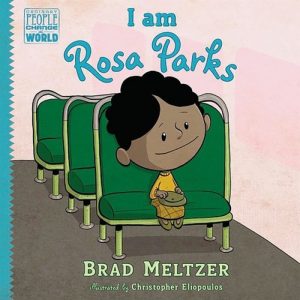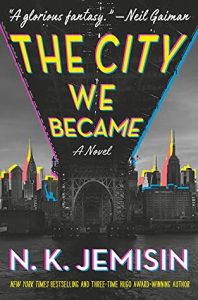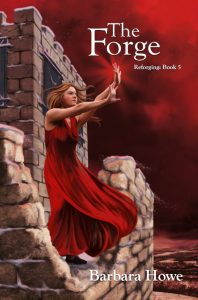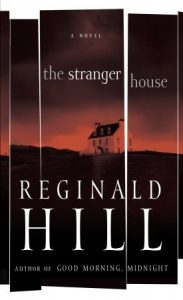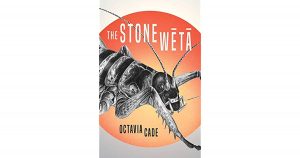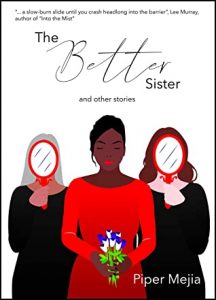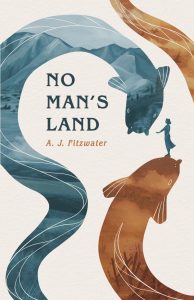My father, Lamar Howe, died on 17 May. I’m writing this on Saturday morning, a week after the funeral, at the time when we would have been having our regular video chat. It hurts to know I’ll never be able to talk to him to again, or ever again experience one of his solid fatherly hugs.
His obituary sets out the bare facts of his life, but these few sentences seem so inadequate at capturing the qualities of a life well lived:
Lamar attended Robinson Elementary, Gastonia High School, and Erskine College as well as various business and trade schools. He entered the family business, T.Q. Howe’s Garage, in 1949 and remained there until his retirement in 1994. For 30 years he served as a volunteer fireman, and 25 years as chief, with Union Road Volunteer Fire Department. For 5 years he served as assistant Gaston County Fire Marshall. Lamar was a lifelong member of Olney Presbyterian Church where he served as a Deacon, Elder, and Choir member. He enjoyed golf, photography, traveling, and motorcycle riding.
He was married to my mother for 67 years. He hardly ever left her side after her first fall more than a decade ago when she broke her shoulder. Even after they had to move her into their retirement village’s heath centre because she needed more intensive care than he could provide, he spent most of every day with her until she died, looking after her and keeping her company.
He was, among many other things, a mechanic and a businessman, running a garage that specialised in large trucks and heavy equipment, with customers all over the Southeast. He was a businessman because he had to be; a mechanic because he wanted to be. Because fixing things was fun. He was a skilled diagnostician, often able to pinpoint what was wrong with an engine just by listening to the sounds it made. I understand the thrill it gave him to dig into a tough problem and experience that “gotcha” moment when the root cause finally becomes clear; I got that from him.
He retired at 65 and sold the business. When the new owner proved unable to keep it going, he stepped back in at the age of 70 and started a new business, helping his former employees regroup, and propping them up with his decades of experience until they were ready to keep it running on their own.
He was—first, last, and always—a valuable and valued member of his community. He was buried in the cemetery surrounding the church where he was baptised 91 years earlier and spent his entire life as a member, and where his parents and generations of Howe ancestors and other relatives are buried. It had been decades since he had given up firefighting, but the members of the Fire Department remembered him and turned out for his funeral, laying his fire coat and helmet across the casket. I get teary-eyed thinking about that.
As a kid I was unaware of how much the dangers a firefighter faces must have stressed my mother. The chatter of the fire radio, broadcasting fire calls for all of Gaston County, was a constant part of the background noise in my parents’ house, and I, oblivious teen, frequently tuned it out, to my mother’s great annoyance. She’d catch the sound of a callout from another part of the house and come rushing into the den wanting to know which station was involved. I’d have my nose in a book and would just shrug. “Don’t know.”
Sorry, Mama.
After the fire was out, he’d come home and shed his gear in the carport so the smoke wouldn’t stink up the house. I have jumbled memories of him being out at a fire most of the night, getting an hour or two of sleep and then getting up again before dawn so he could get to the garage to open on time.
I don’t know how he did it, year after year after year, but he was always on the move. He had more energy at 70 than some people have at 30.
When he wasn’t being called out on fires, there were the late-night wrecker calls. We got socked by an ice storm one memorable Christmas. When he got a call to go pull a Duke Power truck out of a ditch, a visiting elderly relative’s sleep was disturbed, and she wanted to know what was going on. With the sleeping arrangements already topsy-turvy in a cramped house, none of us got much sleep that night.
Sometime during those years as a firefighter, he trained and was certified as an EMT. I have no idea how many people have reason to thank him for that training; I just remember him as Doctor Dad. He tended to my bandages after a high school shop-class accident took a bite out of my right hand. Decades later I remember him picking splinters out of my daughter’s hand after an encounter with some faulty playground equipment. He took care of other people’s children, too, always carrying a Band-aid or two tucked inside his wallet to patch up skinned knees or knuckles.
He loved to travel, seeing most of the United States with Mama after he retired. He was funny, curious, and open to new experiences. He saw the value of computerising his business, back in the 1980’s, to ease the work involved in accounts management and inventory control. Computers did give him some trouble, especially video conferencing, but he kept at it so we could keep in touch after my family moved to New Zealand.
My grandmother would tell how excited he got as a little boy whenever she said they were going out, bouncing in his playpen, saying, “Ridey-ride, ridey-ride.” It sometimes seemed as if he was always behind the wheel of something: cars, trucks, fire engines, farm tractors, tractor-trailers, or the honking huge tow truck the garage used to pull those tractor-trailers when they broke down. He was never comfortable as a passenger; he was much happier behind the wheel. When he and his buddies went down to Myrtle Beach for a weekend golf trip, or to Atlanta to watch the Braves play, he drove, hauling a crowd in a big van nicknamed Vanessa.
In later years, particularly after a bad shoulder forced him to give up golf, he spend more time on the motorcycle he bought after he retired. (He’d always wanted one, but didn’t have the money when he was young, and then in middle age he was too busy.) Ten years ago, at the age of 81, he raised money for his church’s building program on a one-day, 403-mile marathon loop through the Carolinas and Georgia.
A few years ago he started having occasional dizzy spells, and had to trade the two-wheeler in for a three-wheeled motorbike, but he still enjoyed his rides. He made a 200+ mile ride through his favourite spots in the North Carolina mountains (Blue Ridge Parkway in particular) to celebrate his 90th birthday.
I knew the end was near when he told us, not long ago, that he had finally had to give that up, too. Although lung disease did him in—years of dealing with asbestos-lined brake pads caught up to him—losing the activity that had given him the most pleasure the last few years took a toll, too.
Miss you, Daddy.
